This page collects summary slides from a lecture. Please scroll, or use your browser 'back' to end.
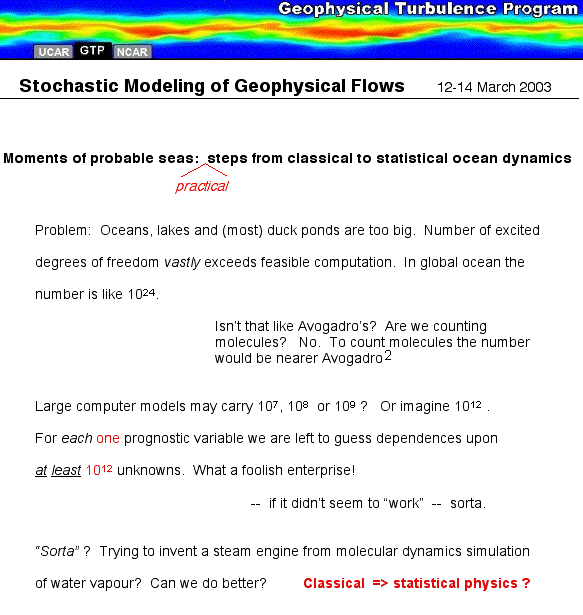
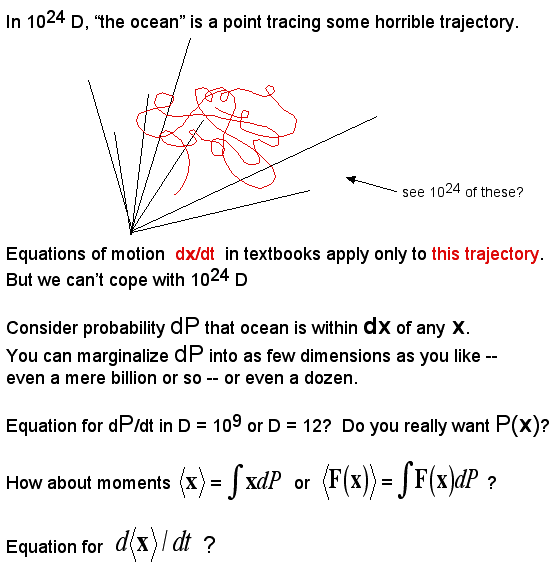
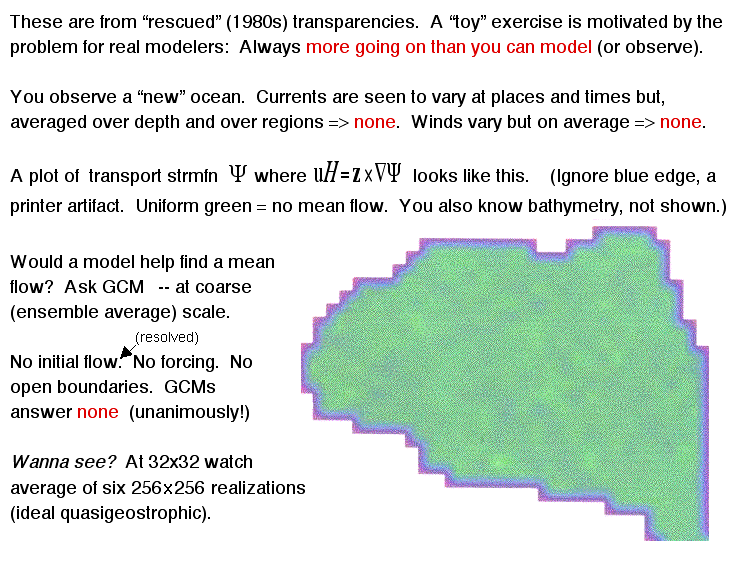
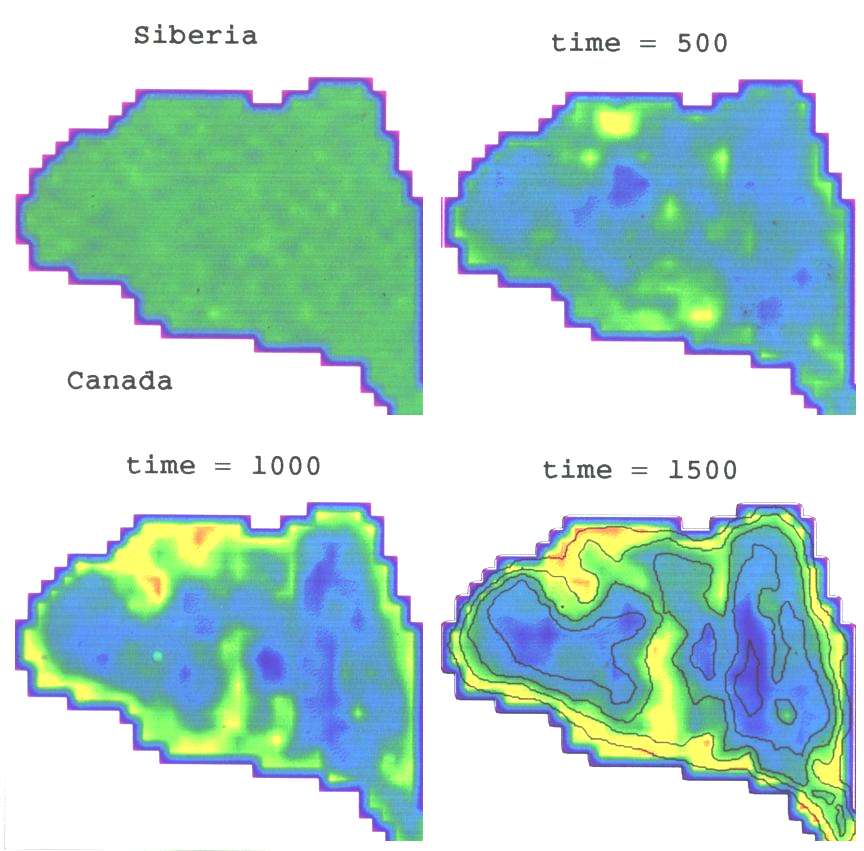
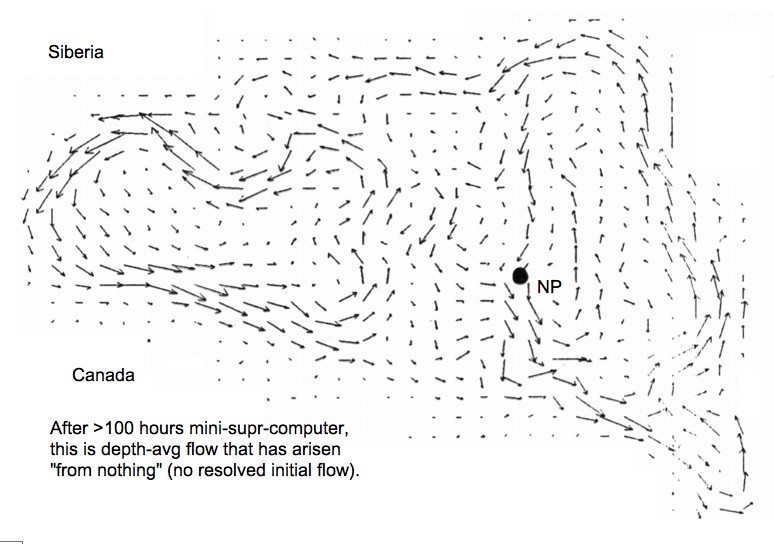
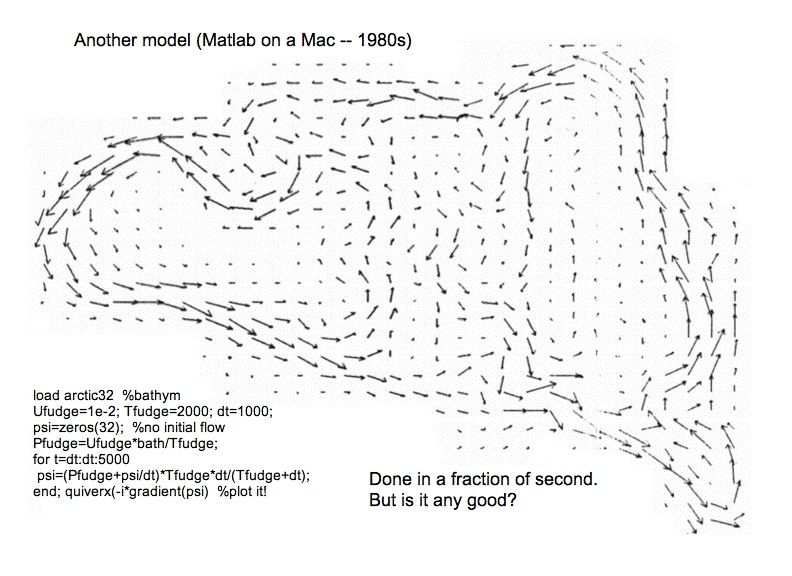
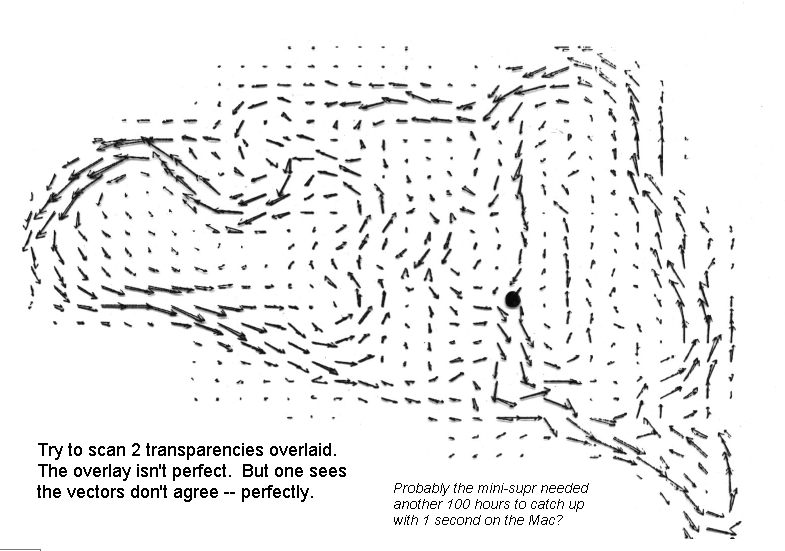
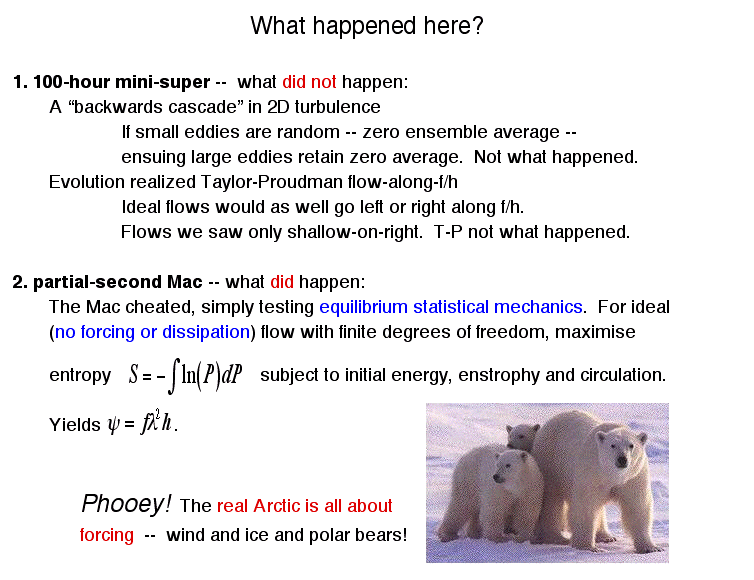
As we turn to the real Arctic, a note: The preceding slides were prepared in mid-late-1980's, only "using" the Arctic
"for fun" while seeking to make a point about theoretical physics. Choice of the Arctic "for fun" was motivated because
at that time Arctic circulation was largely unknown. By mid-1990's much more was known, largely based upon
tracing water properties. The figure below is from 1996. A following figure overplots the partial-second-Mac output
from 1980's, including Mac results not yet (but subsequently) discovered from water properties.
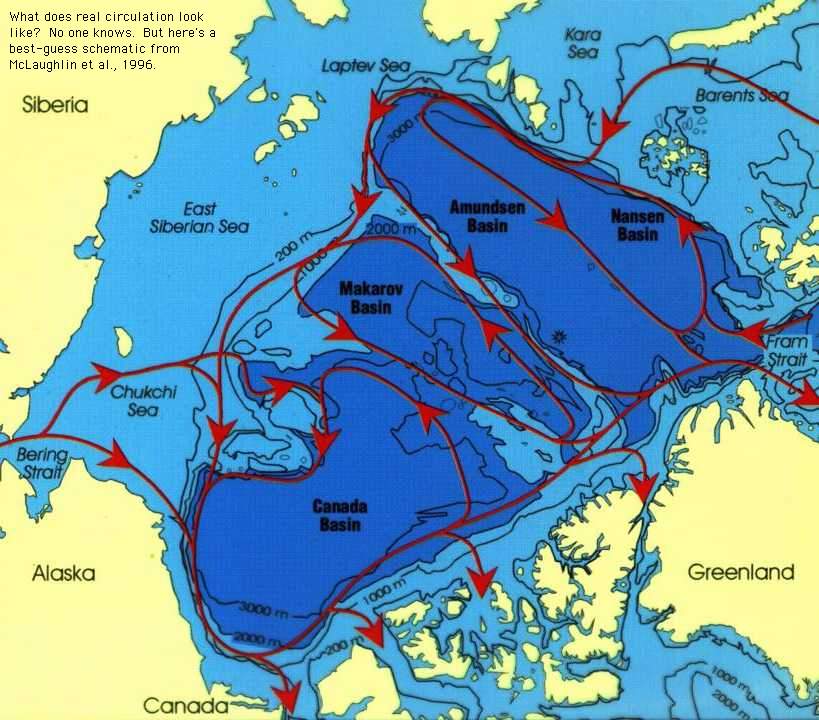
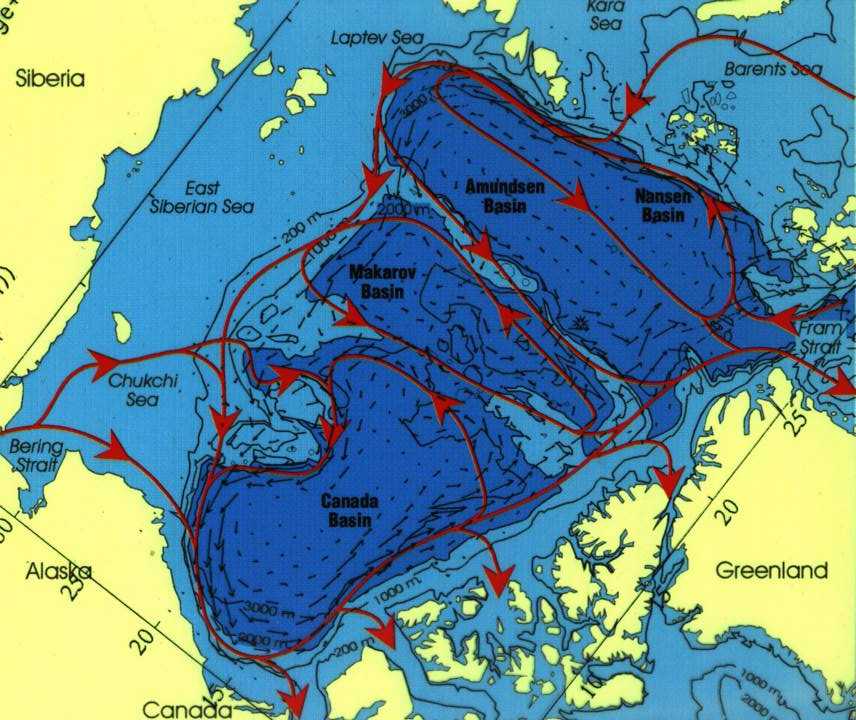
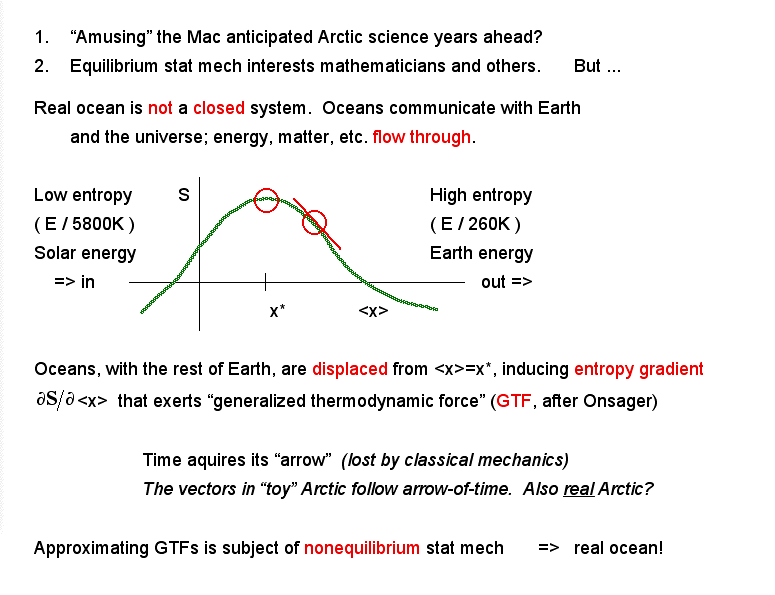
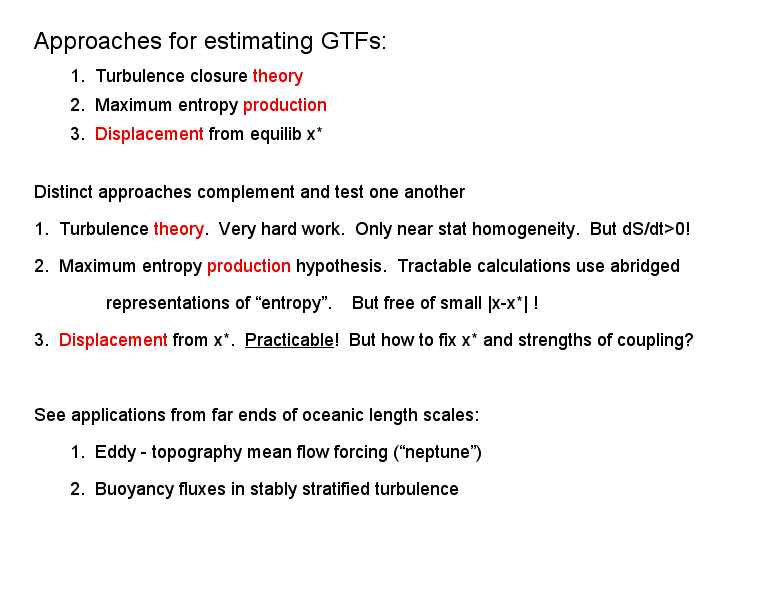
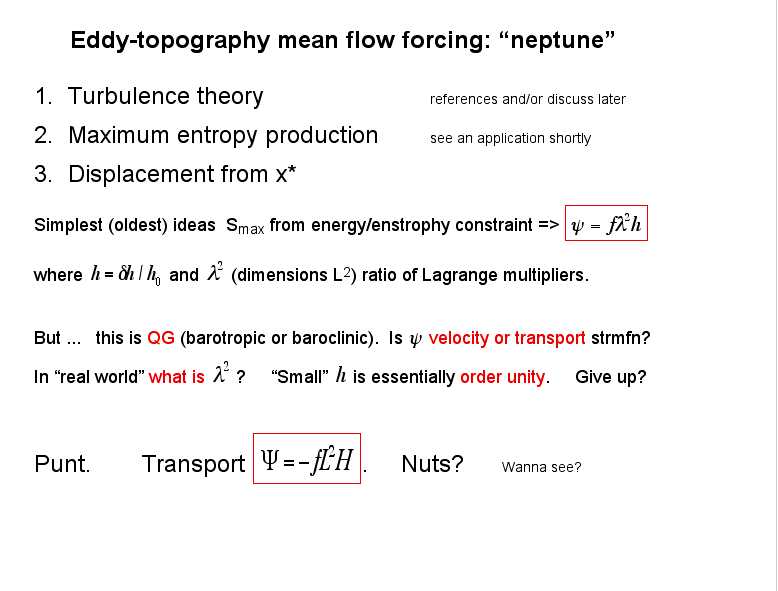
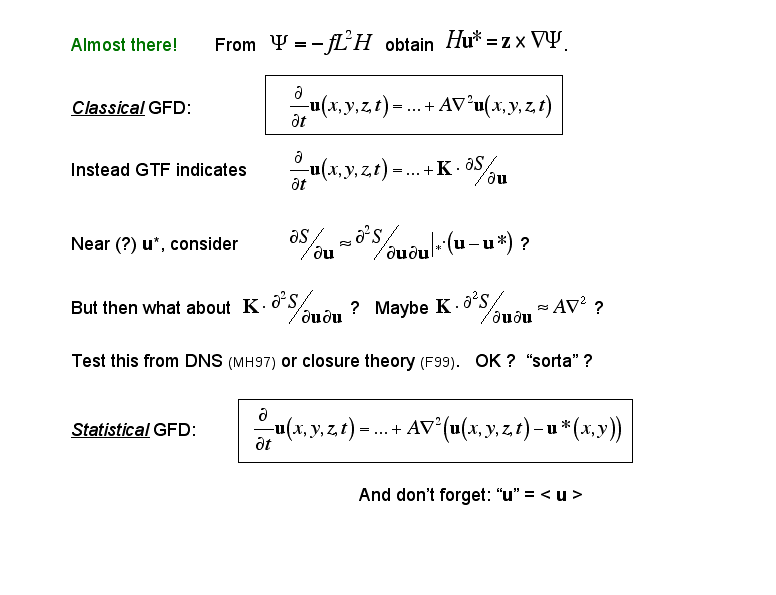
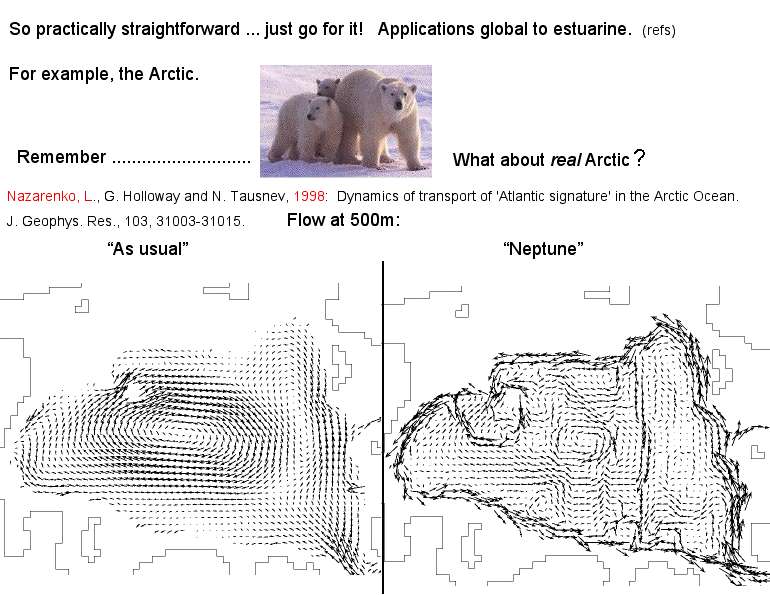
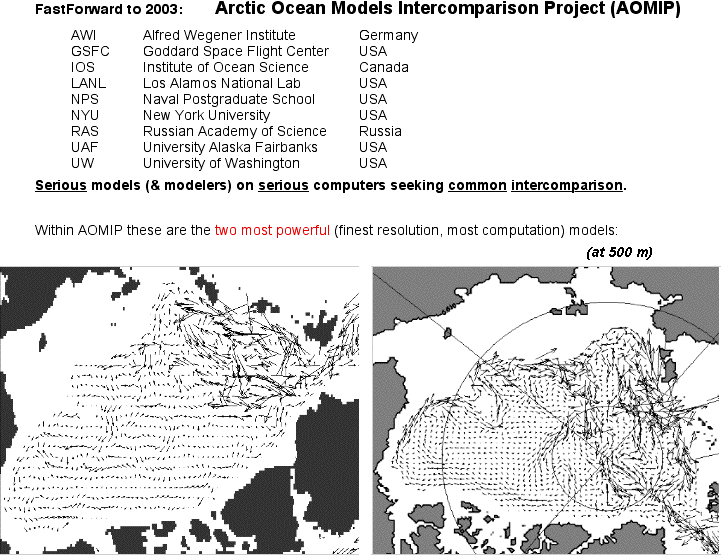
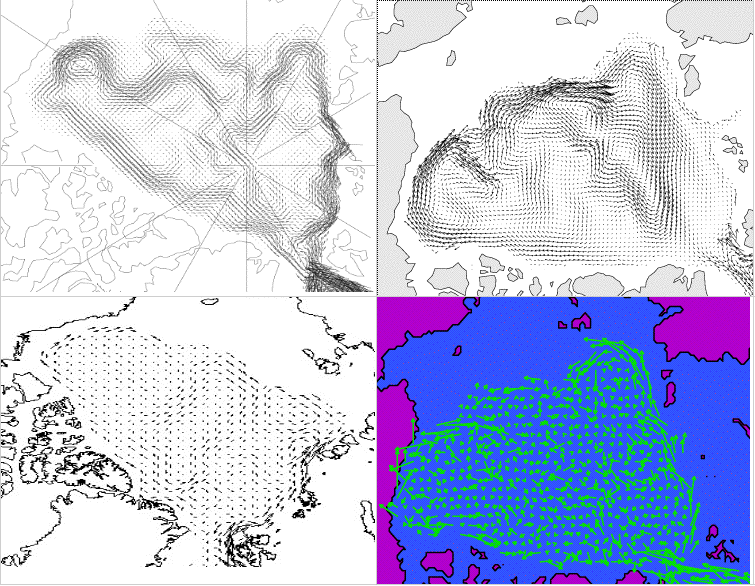
What do we think? Are these several serious models trying to represent the same ocean? Even the gross sense of circulation
(here shown at 500m) seems ambiguous. Have the modelers goofed, or are we learning that the actual Arctic ocean is
delicately balanced between more cyclonic and more anticyclonic tendency (at 500m)? Statistical physics indicates the
models are wrong. Including GTFs, the sense of mid- and deep-circulation is very well established. Below we show the
IOS model, run under the common comparison conditions for AOMIP. The panel on left should compare with Nazarenko
figure above. (The model is nearly the same as Nazarenko, only forcing is a little different.) Notice the sense of circulation
is opposite to Nazarenko's, supporting the idea that Arctic interior flow is amazingly sensitve to subtle changes of forcing.
However, taking into account statistical forcing, the flow (right) is quite unambiguous.
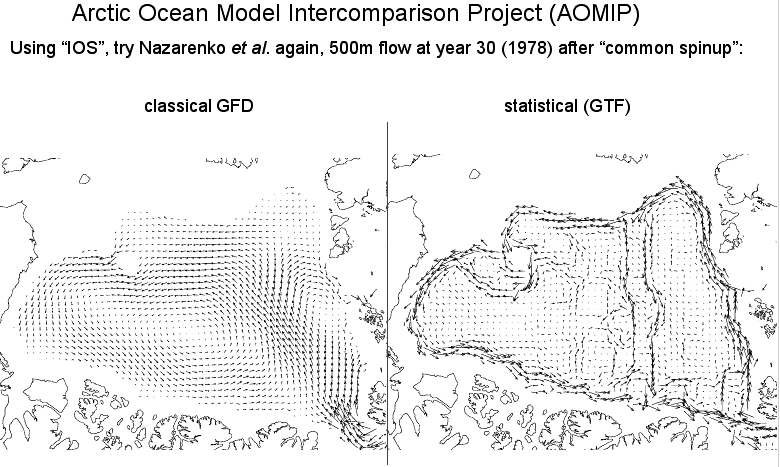
Previous slides discussing GTFs and showing their effect have been based upon the method of displacements from u*.
Alternatively one may conjecture that nonequilibrium flows seek to maximise production of entropy. Clearly the two
ideas have much in common. The near resemblance of results can be seen in maximum entropy production results below.
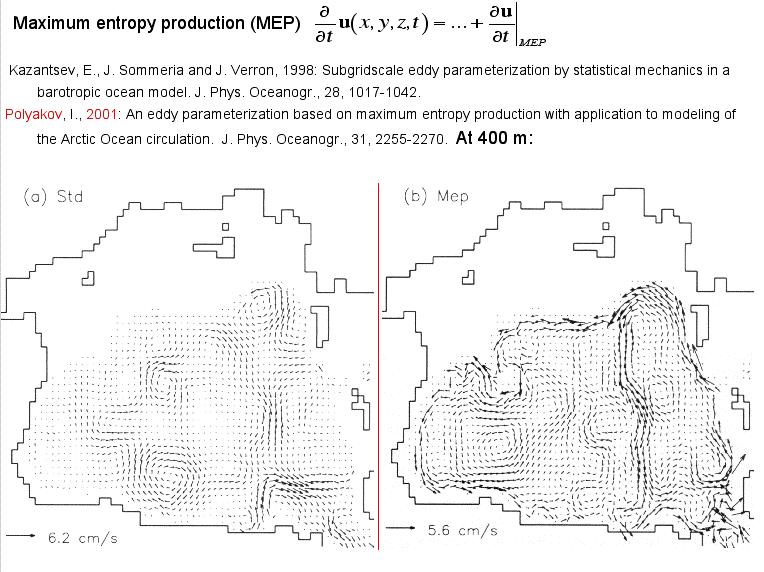
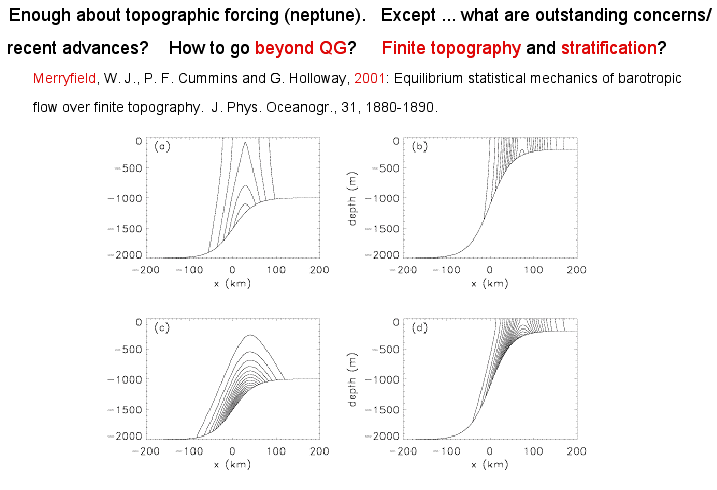
The second part of this lecture was intended to jump scales entirely, from basin scale circulation features
down to very small scales of turbulent mixing. Unfortunately many of the concrete research results were
not (are not yet) in hand. The following figures are only sketches, hoping to anticipate future results.
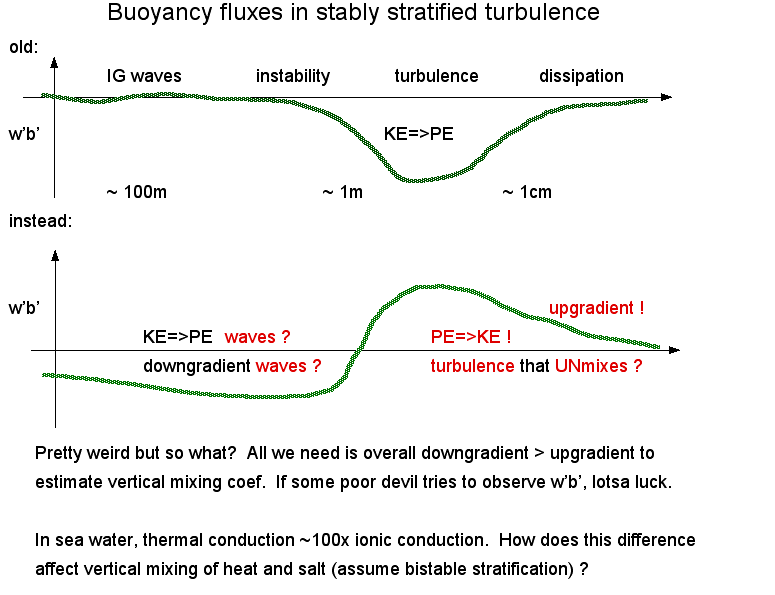
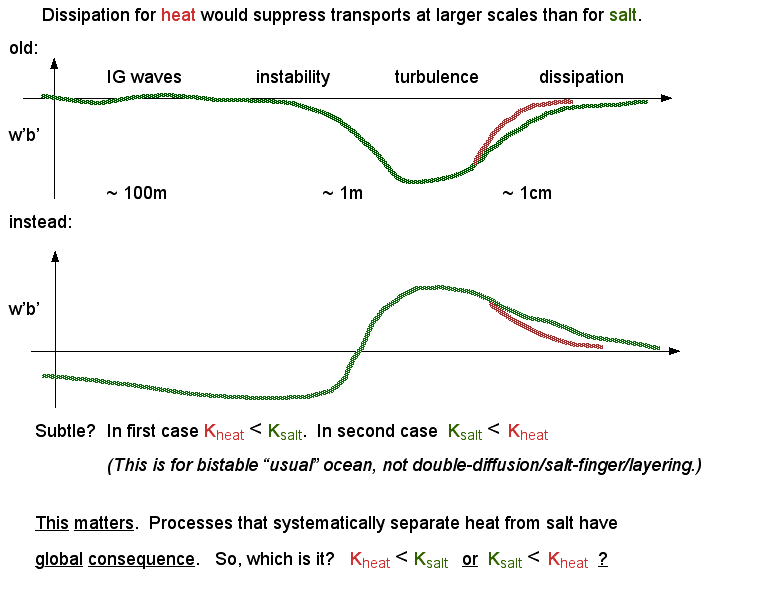
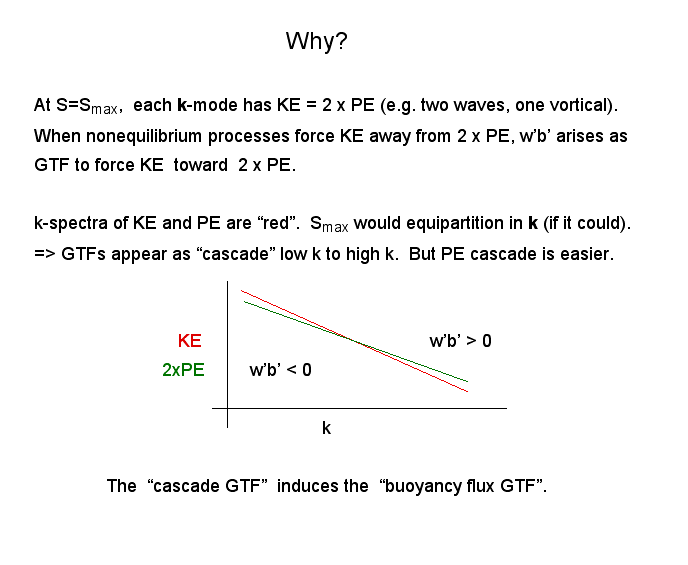
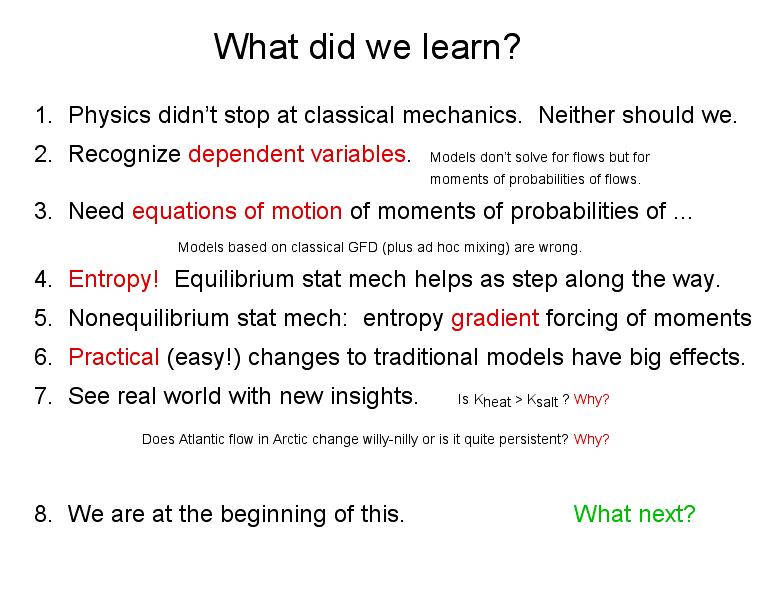
to Planetwater |
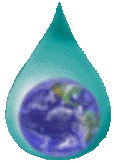 |
or | more research |
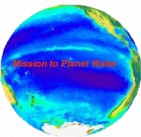 |